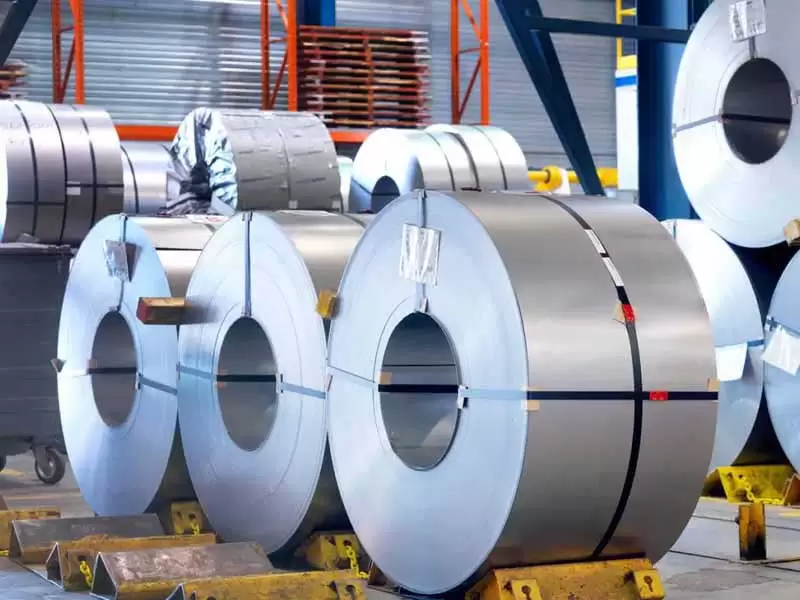409 stainless steel is a general purpose chromium, titanium stabilized ferritic stainless steel whose primary application is in automotive exhaust systems. It contains 11% chromium, the minimum amount required to form a passive surface film for corrosion resistance of stainless steel. It has good high temperature corrosion resistance, moderate strength, good formability and overall cost. Compared to carbon steel, alloy 409 is highly resistant to corrosion and can be used as an alternative to carbon steel in mildly corrosive environments, due to its higher corrosion resistance and high temperature oxidation properties. It is typically used in applications where appearance is a secondary quality of mechanical properties and corrosion resistance.
Although alloy 409 was primarily designed for the automotive exhaust industry, it has also been successfully used in other industrial applications. Some examples of applications requiring alloy 409 include: automotive exhaust systems, catalytic converters, mufflers, exhaust pipes, farm equipment, structural supports and hangers, transformer cases, furnace components, heat exchanger piping, and more.
In terms of corrosion resistance, 409 stainless steel resists corrosion from the atmosphere and exhaust gases, and in most environments, slight surface rust will form, inhibiting further corrosion, but making the surface less attractive.
In terms of heat resistance, what is usually classified as resistant to intermittent service extends to 1499 F (815 ò C) and up to 1247 F (675 C) in continuous service.
In terms of weldability, 409 stainless steel is easy to weld with 302 preheated to 500 F (150 to 260 C) and annealed to 1499 F after welding at 1400 to improve the ductility of the weld. Post-weld annealing is not required when welding thin sections, and automotive exhaust pipes are generally welded without filler metal.

410 stainless steel is a basic general purpose martensitic stainless steel for high stress components, with good corrosion resistance, high strength and high hardness. Alloy 410 contains at least 11.5% chromium, which is sufficient to demonstrate corrosion resistance in mild atmospheres, steam and many mild chemical environments. This is a general purpose grade typically supplied in a hardened but still machinable condition for applications requiring high strength and moderate heat and corrosion resistance. After hardening, tempering and polishing, alloy 410 shows maximum corrosion resistance.
Applications requiring moderate corrosion resistance and high mechanical properties are ideal for Alloy 410. Examples of applications where alloy 410 is commonly used include: knives, steam and gas turbine blades, cookware, bolts, nuts, screws, pump and valve components and shafts, ladders, surgical instruments, nozzles, hardened steel balls, and oil well pump bases.
In terms of corrosion resistance, 410S stainless steel has good corrosion resistance to atmospheric corrosion, drinking water and mildly corrosive environments. Its exposure to daily activities (exercise, food preparation) is generally satisfactory with good corrosion resistance to low concentrations of mild organic and inorganic acids when properly cleaned after exposure.
Welding by all standard methods, to reduce the risk of cracking, it is recommended to preheat the workpiece 350 to 400 F (177 to 204 C), post-weld annealing is recommended to maintain maximum ductility. In terms of heat treatment, the proper thermal working range is 2000 to 2200 o F (1093 to 1204 o C), do not use this material below 1650 o F (899 o C).